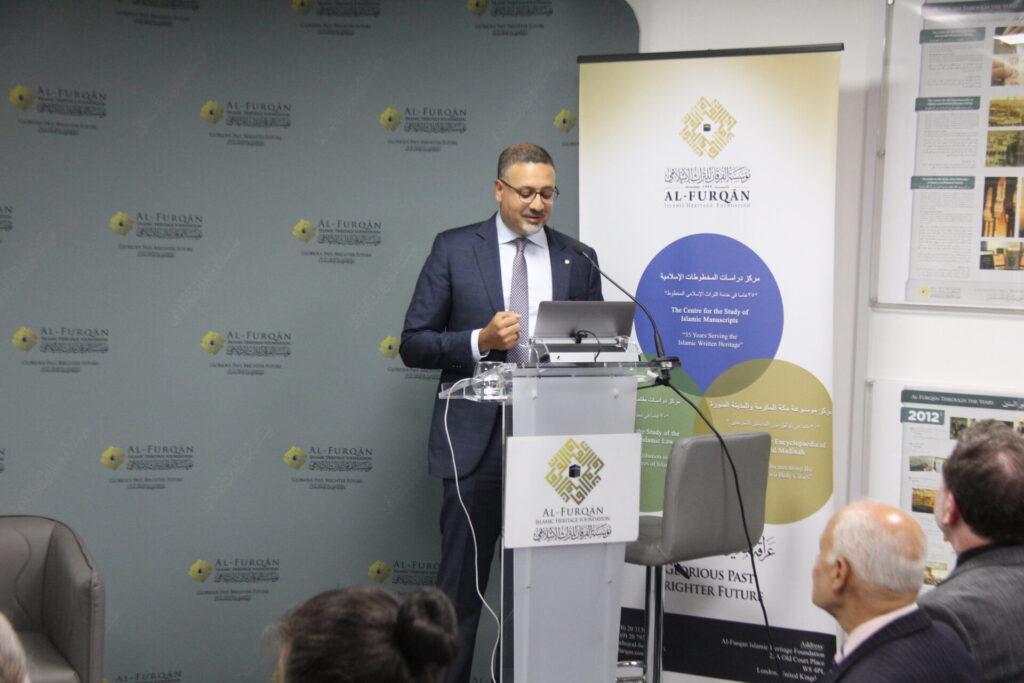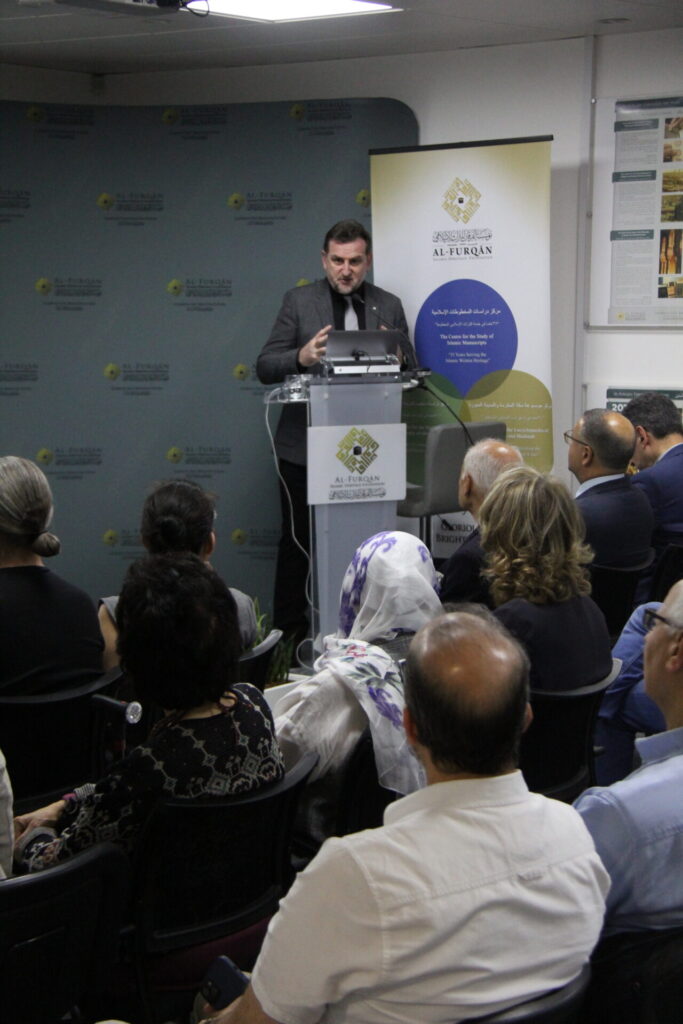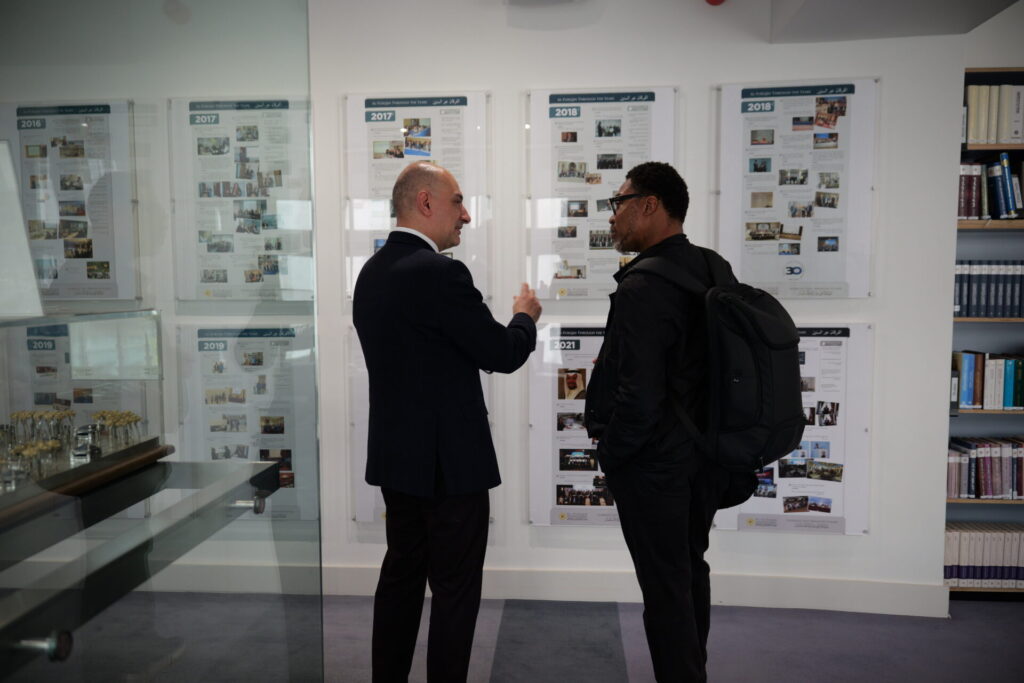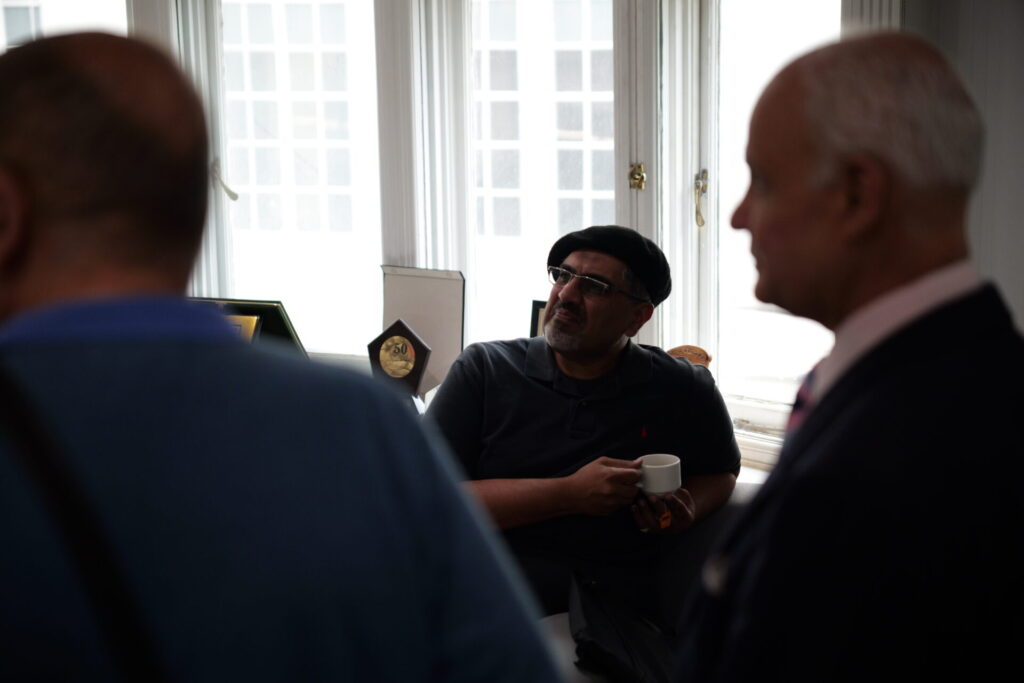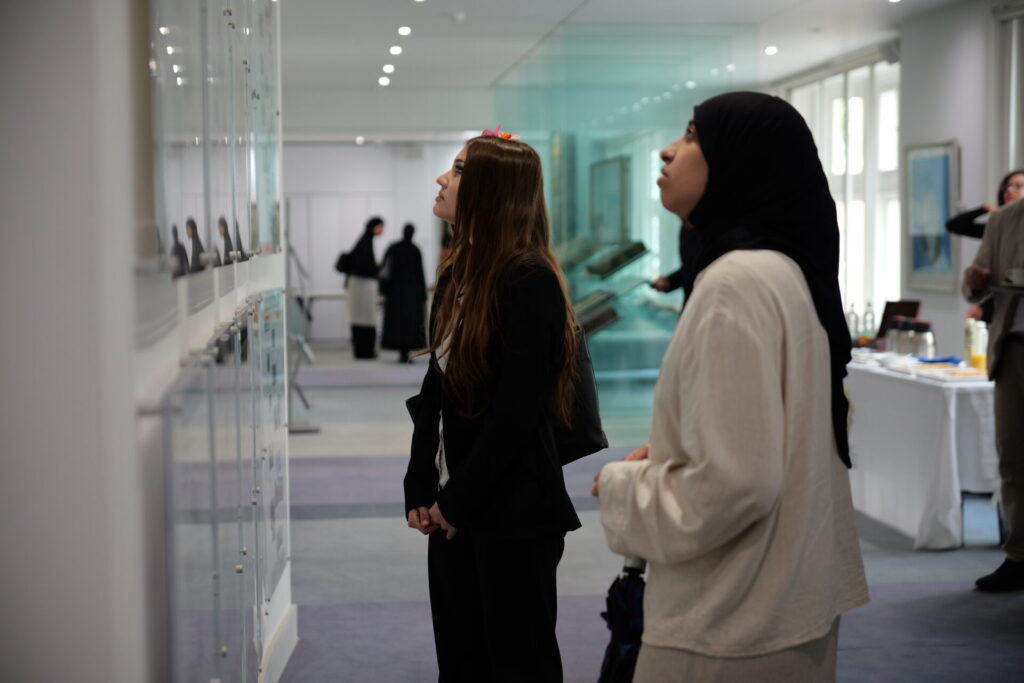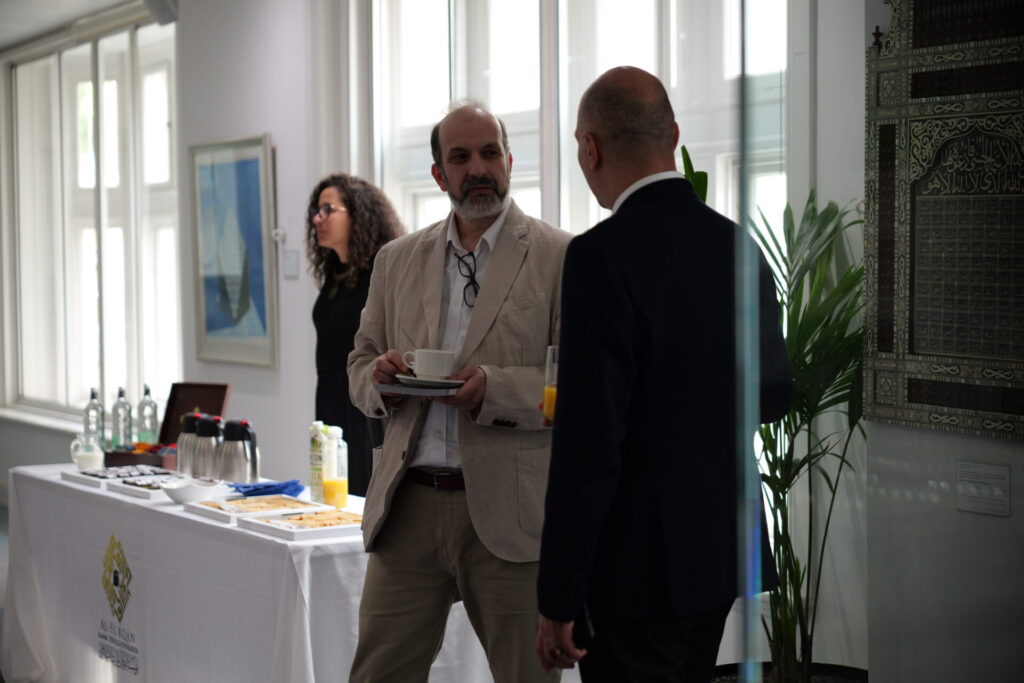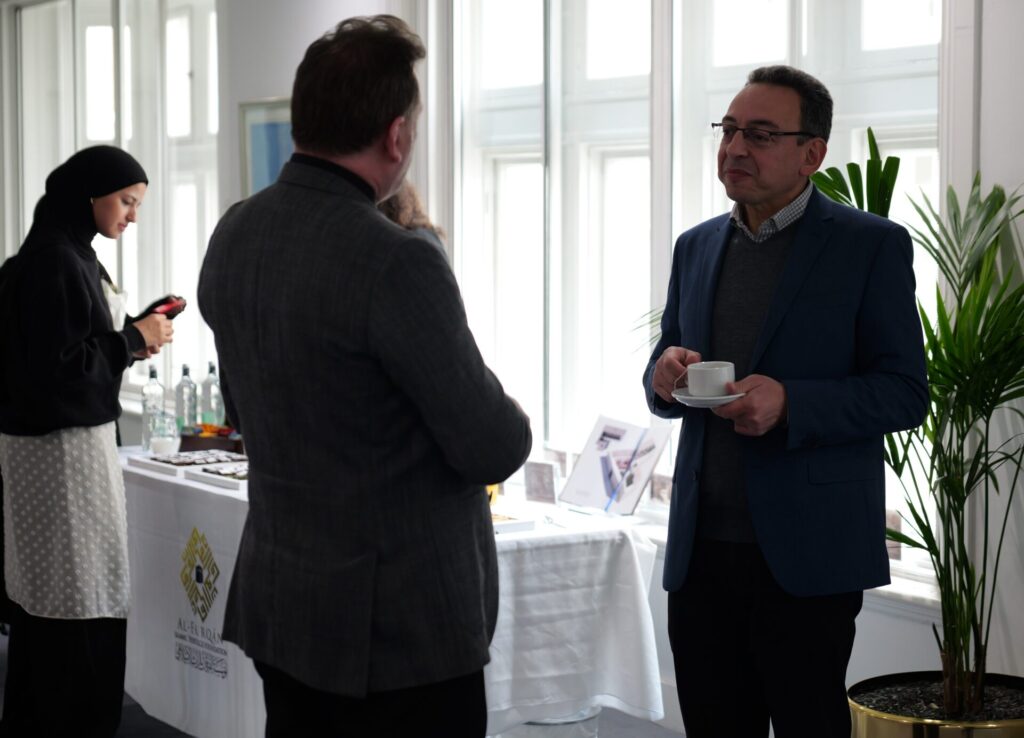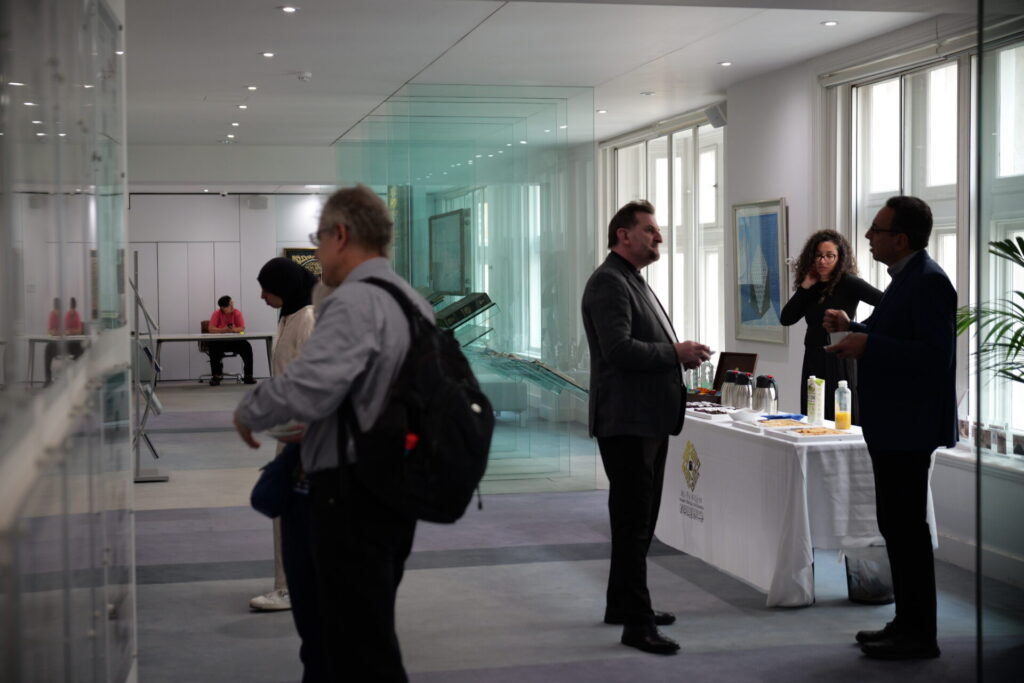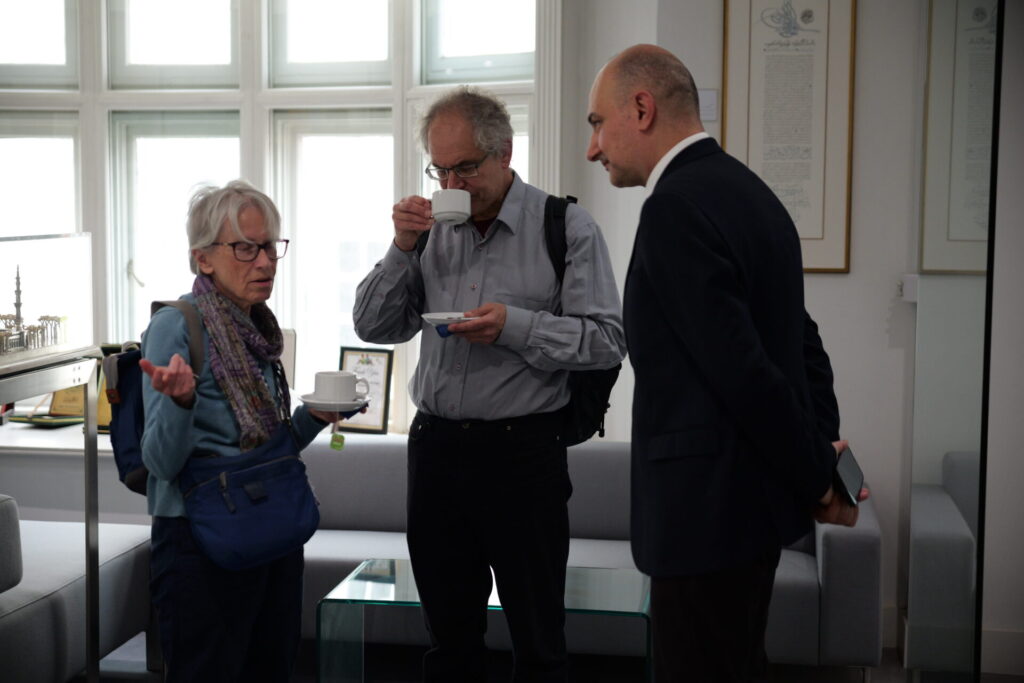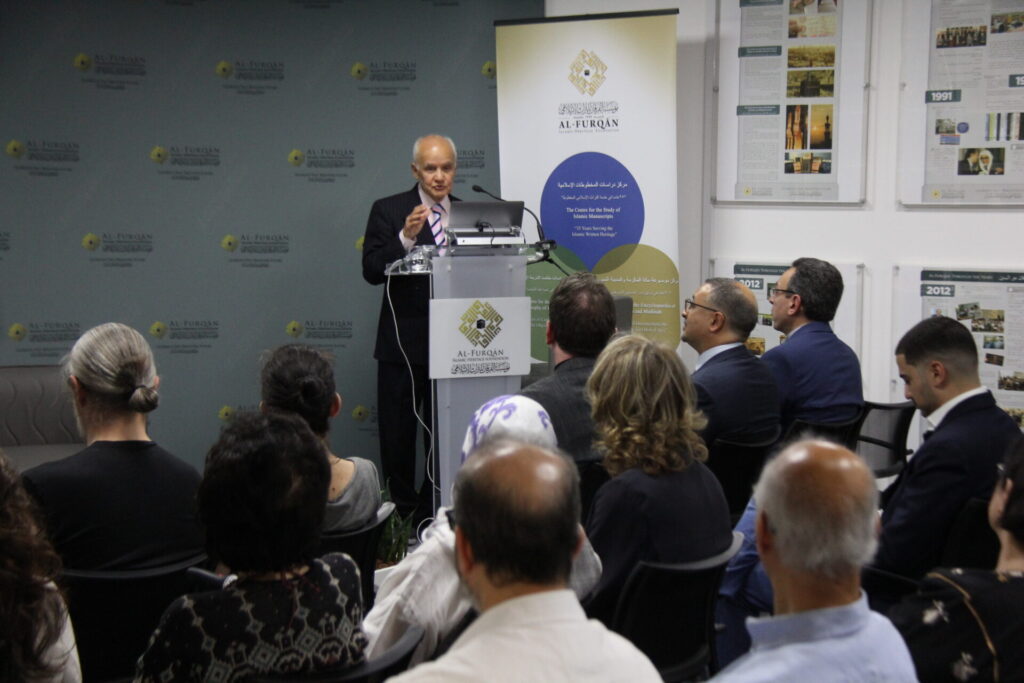
Al-Furqan Islamic Heritage Foundation hosted a lecture entitled "Islamic Domestic Architecture through the Ages: Climatic and Environmental Design and Visual Aesthetics", delivered by Dr Subhi Al-Azzawi, a practising architect, an independent researcher, writer, and lecturer. The lecture was held on Wednesday, 4 June, 2025, at the Foundation's headquarters in London, as part of Al-Furqan's series of Lectures on Islamic Heritage.
In his opening remarks, Mr Sharaf Yamani, Chairman of the Board of Directors of Al-Furqan Foundation, welcomed the lecturer and attendants, highlighting the mission of the Foundation in promoting Islamic heritage.
Mr Sali Shahsivari, the Managing Director of Al-Furqan, gave a brief introduction of the lecturer and the lecture.
Timed to coincide with the marking of World Environment Day, which is observed every year on 5th June, Dr Al-Azzawi's lecture focused mainly on the 'Climatic and Environmental Design and Visual Aesthetics' of Islamic Domestic Architecture. By hosting the lecture, the Foundation was aiming to make a humble contribution to encourage awareness and action for the protection of the environment.
The lecture concentrated on the indigenous courtyard houses of Baghdad, because of the fieldwork measurements, analyses and conclusions that had been carried out by the lecturer. Islamic Domestic Architecture was represented by the Indigenous Courtyard Houses which are encountered in various towns and cities of the Islamic World in the hot and dry climates of the sub-tropics.
In terms of urban planning and urban design, Dr Al-Azzawi noted that the layout of their traditional neighbourhoods forms an amorphous and contiguous mass of houses of various sizes separated by long and wide alleyways between large blocks of houses, and by narrow alleyways between small blocks, while cul-de-sacs lead to a few houses.
In terms of climatic and environmental design, Dr Al-Azzawi shared the results of his fieldwork measurements, analyses and conclusions on the indigenous courtyard houses of Baghdad, carried out by himself as part of his PhD research thesis at University College London, using scientific instruments. Among his findings was that, while the maximum air temperature in the shade on the roof terrace was around 50⁰C, and the relative humidity around 15%, those in the ‘Nim Sard-Ab’ were around 30⁰C, and the relative humidity between 30-40%, thus providing comfortable internal thermal environment without any mechanical devices. Furthermore, in this regard, Dr Al-Azzawi noted that the American Mechanical and Ventilating Engineers arrived at thermal comfort conditions in 1923-25, in laboratory conditions, using mechanical and electrical devices; however, the Muslim master-builders arrived at the same in actual “naturally-conditioned” houses 75-100 years before them.
Dr Al-Azzawi was born and brought up in Baghdad to a master-builder (Usta Mi’mari) father; his paternal and maternal grandfathers were also master-builders. He studied at the Architectural Association School of Architecture in London (1962-68), and carried out his Doctorate research thesis at the Bartlett School of Architecture and Planning, University College London (1969-73 & 1981-84).
For over 40 years, Dr Al-Azzawi has practised architecture mainly in the UK. He he co-authored, edited and illustrated the book “Climate and House Design”, which was published by the United Nations in 1971. He has also published a number of articles and technical research papers.
